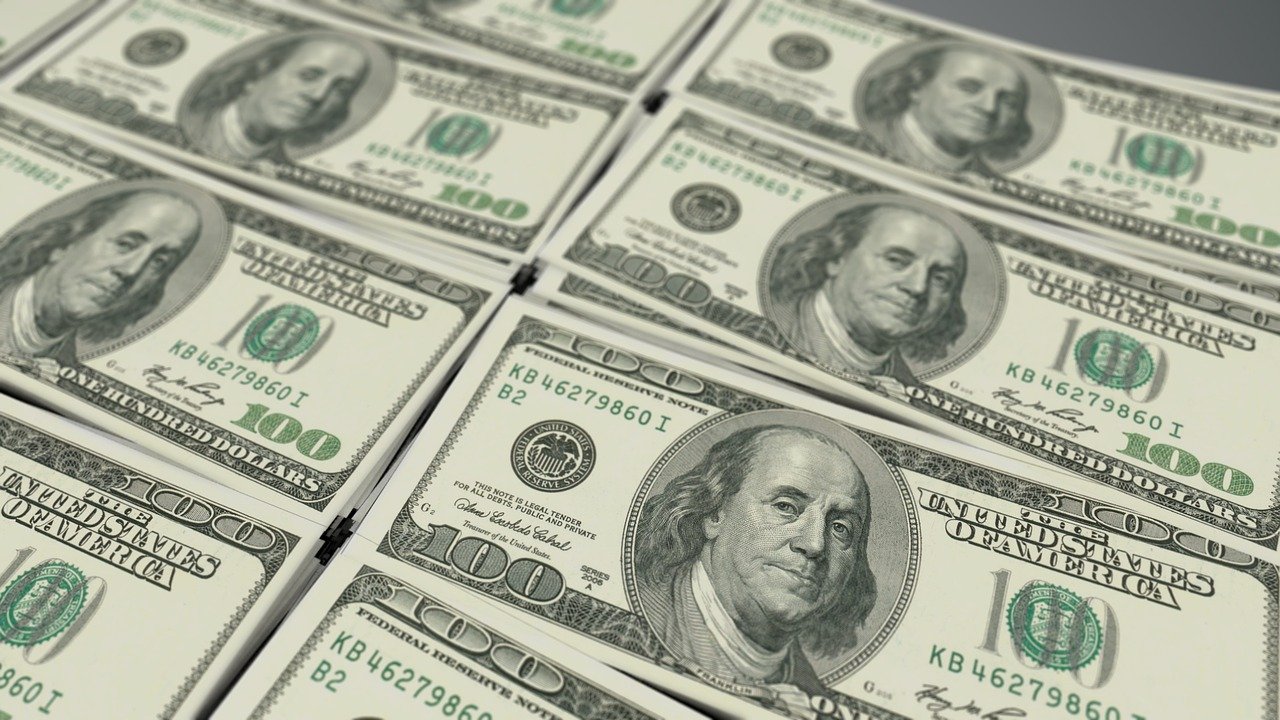The US Dollar to Japanese Yen fell 0.80% on Friday, August 13, closing below the key levels at 110.00 for the weekend, with slow growth and low US yield.

US Dollar to Japanese Yen Declines
The current exchange rate of the US Dollar to Japanese Yen dropped from 110.46 to 109.57. It is a large single-day drop of 0.80% on Friday, August 13, 2021. The Yen faces strong resistance at the 110.50 level over the past two months, as the currency pair could not pierce through this level three times. But it is forming lower lows.
The Japanese economy shows slowing growth as household spending declines year on year. The sharp decline is due to the falling US Treasury bond yields falling around 1%. The USD is on a declining trend, with bond yields falling lower, and moving below the 93.00 levels. The Japanese Yen is pegged to the US currency and a basket of other currencies like the Euro and the British Pound.
The Japanese Yen is dragging lower on the anti-deflation policy effects brought in 2013. The supply and demand market forces determine the conversion rates in the forex markets.
The current exchange rate of one US Dollar to Japanese Yen is ¥109.57, closing at weekly lows. The daily chart shows a bearish momentum as the USD to Yen declines. The Japanese Yen to US Dollar conversion is 0.0091 USD. The Yen is not stronger than the greenback but is a safe-haven currency preferred by investors.
Japanese Economy Shows Slow Growth
Household spending year on year has gone down from 11.6% in 2020 to -5.1% in 2021. Spending has fallen from 3.2% in May. Experts say that an economic rebound is not possible for the quarter ended September 2021. The slow growth affects the Japanese Yen. The Dollar to Yen is the second most traded currency, next to Euro to Dollar currency pair.
Restrictions to curb the spread of the coronavirus are lowering domestic demand. The slow vaccination process is another problem that has to speed up to prevent the contagious viral disease. The coronavirus pandemic is going on for a longer duration, more than the expected period of time. The government has to address the corona pandemic in the country, which makes public health services an overburdened expenditure.
A ¥100,000 cash handout for each person started last year by the government was a great help for the Japanese people to tide over critical times during the pandemic of 2020. It helped households to spend on their daily living and to make purchases. As household spending reflects private consumption, it is given importance by authorities.
Leading indicators in Japan that depict consumer sentiment and job offers have gone up to 104.1 in June. It shows an increase from the reading in May at 102.6. It is a multi-high reading showing that the economic recovery in Japan is gaining momentum. The US Dollar to Japanese Yen is weakening as demand decreases around the world. It affects Japan’s trade surplus. Though debt in Japan is high, the Yen is considered a safe-haven investment.
Bank lending in Japan is at 1.0% in 2021, slightly lower than the 2020 lending at 1.4%. Bank lending has slowed down in Japan. Though it reflects that the economy is slowly recovering, it also shows the households are hoarding cash and not spending. Bank of Japan reports the lowest increase in bank lending year-on-year. As the Japanese Yen is a safe-haven currency, you can exchange foreign currency of the Yen with that of other currencies. The central bank of Japan pursues a policy of low rates to stimulate demand and bring an economic recovery to the country.
Economy Watchers Sentiment is at 48.4 in July, which is an improvement from the previous data at 47.6 in June 2021. But it is below the 50.00 level. It shows that direct services of taxi drivers, waiters, and barbers are affected by the pandemic.
Major Currencies in the Foreign Exchange Market
The Euro to Japanese Yen currency change is on a decline. It closed at the 129.19 levels over the weekend. The 129.10 level was supportive during the downtrend in July 2021 and April 2021. The EUR/JPY is very sensitive to news flows from the Eurozone, especially as the region shows slow progress after the pandemic.
The GBP/JPY has taken support at the 148.50 levels in late July. If it moves past the 153.20 levels, the GBP/JPY pair may move to 155.00 levels. Brexit updates will continue to influence the British Pound to Japanese Yen foreign exchange rate.
The AUD/JPY is unable to breach support levels at 80.00. The area at 81.5 was a major resistance zone in August. But it is forming lower lows, showing that it may breach the 80.00 levels in the short term. The levels at 78.00 are the next support zones.
The US Treasury Yields continue its fall. The Japanese Yen is one of the most traded currencies in the world. But the US dollar plays a vital role in foreign exchange, and any change in the greenback reflects on the Yen. The forex rate of the greenback accounts for more than 87% of traded value in currency trading.